We interrupt this regularly scheduled blogging for… FIRE!
Greyrock mountain is on fire. So far, more than 7,300 acres have burned, and only 5% contained. Luckily, few homes are in imminent danger, and only a couple neighborhoods have been evacuated. But, this fire is HUGE.
Don’t worry, we’re not in danger here at ColoCalders HQ. All we’ve had to deal with so far is the smoke – and there’s plenty of that. We’re under air quality warnings this week, and keeping G inside when it’s so warm and sunny out is not fun! But, I’m very thankful that the smoke is all I have to complain about.
The CSU atmospheric Science Department, where I work, is much further west, though. It sits just below Horsetooth Reservoir at the edge of the foothills. And the views of the giant smoke plume were incredible yesterday. Today, there’s so much smoke and haze in the area that you can’t see up into the plume. And every time the wind shifts to a more northerly direction, it gets dark down here below the smoke.
As a student climatologist, I have to get a bit geeky here. Every year, we have wildfires sprout up in the mountains, and it is a natural process that actually helps keep the forests healthy. But, we have a few other issues this year.
Wildfires in May aren’t unheard of, but it is pretty early in the year for it. The US Drought Monitor Map shows that much of the western US is back to drought conditions, and this fire is located in a tiny blob of severe drought area in extreme north central Colorado. We’re also at 18% of normal snow-water equivalent in the Front Range drainage, and we’ve had a dry, warm winter and spring.
Drought stressed plants are crispier (that’s the technical term, I’m sure), and more easily catch fire, but there is ANOTHER issue on top of that. When snow has disappeared and the rains have diminished, there’s less water on the surface to evaporate and moisten the air. Plants that are experiencing drought conditions also tend to release less water into the air (through transipration), which reduces the low level moisture content. This creates a difficult feedback loop, and drought leads to more drought. And we’re definitely seeing dry conditions in the atmosphere and the surface around here.
When relative humidities get low, our afternoon rain tends to evaporate on the way down, reducing the amount on the surface and increasing gusty downdrafts. Drier air leads to less rain and more wind, perfect conditions for fire weather.
We’ve got drought, we’ve got a missing snow pack, we have warm and very dry weather, and we’ve got one MORE fire danger to worry about on top of that. The Bark Beetle.
Pine trees have been dying off in huge swaths over the last few years. In some parts of Colorado, all you can see for miles and miles are dead pine trees. So far, the northern Front Range has escaped the worst of this, but we have started developing patches of beetle-killed trees on all of the local hillsides. It’s a terrible thing to see, and really scary when you imagine what could happen if these dead forests dry out and catch fire.
So, we’re keeping a close watch on fires this season. And since the beetle epidemic isn’t getting better, and western droughts are more likely due to climate change, it’s likely that our mountain ranges are heading for a major transformation in the next few decades.
You can find up-to-date information about the Hewlett Gulch Fire at the following sites:
InciWeb: http://www.inciweb.org/
The Coloradoan: http://www.coloradoan.com/
Larimer County Health: http://larimer.org/news/

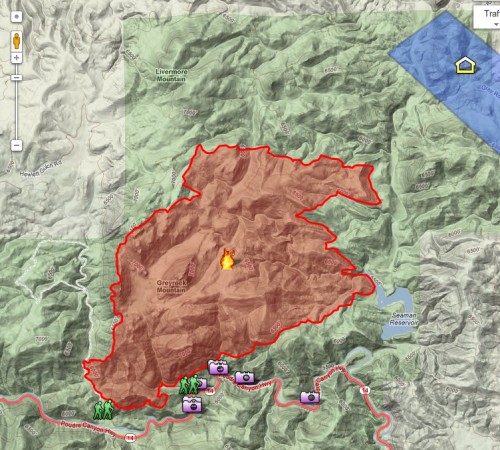
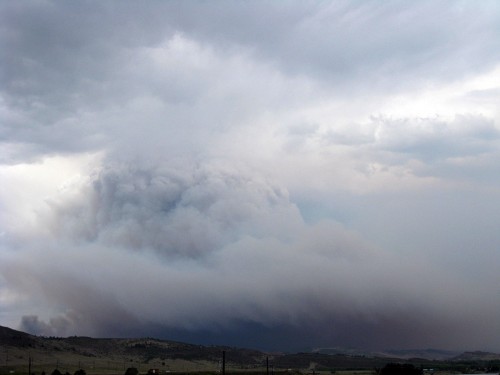
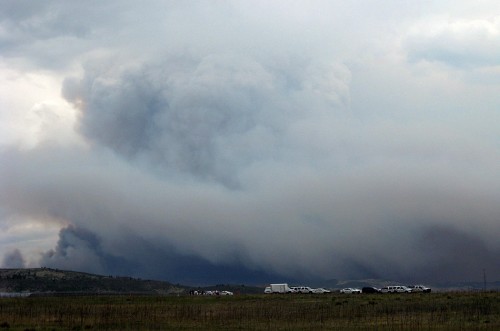
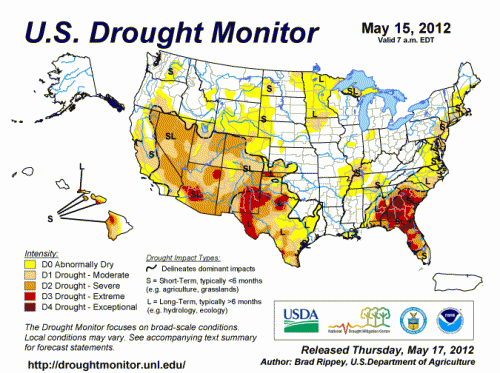
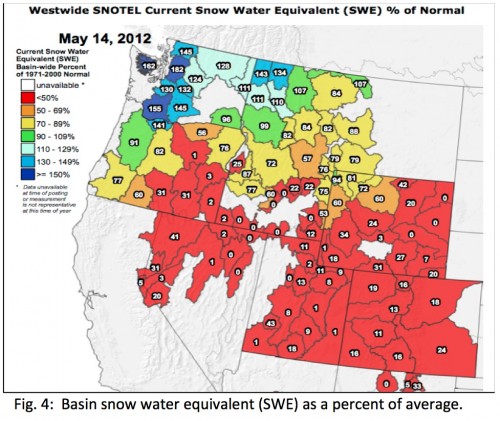
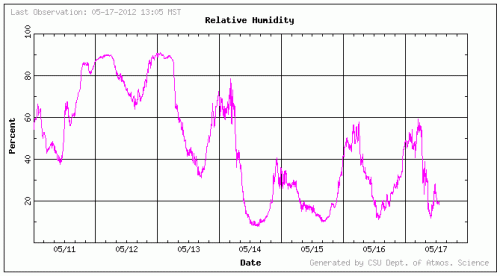
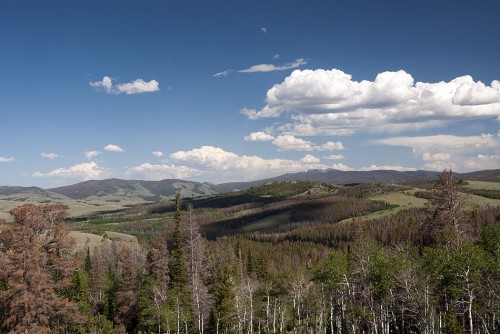
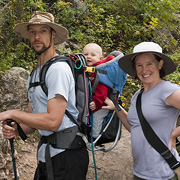
Nice post Kate, I enjoyed all the geeky diagrams :) I’ve been wondering about the role of this fire on the beetle epidemic. The fire might just do very quickly what would have happened in the next 10 years or so from the beetle. Or maybe the fire will help curb the spread of the beetle since it will kill many beetles and remove a large swath of trees through which it can travel? Either way – the northern colorado landscape is going to be dramatically different soon.
Thanks Anna! :) It’s nice to know there are a few people like me out there.
I had some questions last week about how fires could help the bark beetle outbreak. I really don’t have the information to answer that question, but I know there’s not enough burning in this particular fire to have much of an effect on the beetles. It would take the loss of A LOT of forest land to slow those suckers down, I think.
I too love the geeky posts! Glad to see the fire is contained now. Now let’s hope we can all make it through the fire season safely. The fire season here just continued straight through the winter.
Thanks Dylan! Yeah, the Reno area has had it rough for fires the last few years. You guys definitely know what I’m talking about.
Pingback: Breaking Blogging: OMG FIRE!